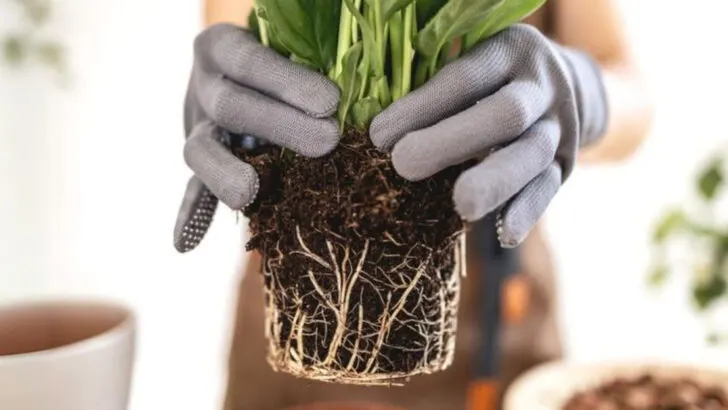We’ve all been there: the droopy leaves, the yellow spots, the “why is this plant suddenly dying?” moment. At Plantisima, we believe that every plant parent—especially beginners—deserves a fresh start and a little grace. Mistakes are part of the process, and the good news is: most of them are totally fixable.
In this article, we break down 19 common plant care mistakes that new (and even not-so-new) plant owners make. From overwatering and bad lighting to using the wrong pot or soil, we’ll help you recognize what went wrong—and exactly how to make it right.
To all our Plantisima readers still learning the language of leaves—this is your plant-care safety net. Because behind every thriving jungle is a plant lover who just kept trying.
Overwatering
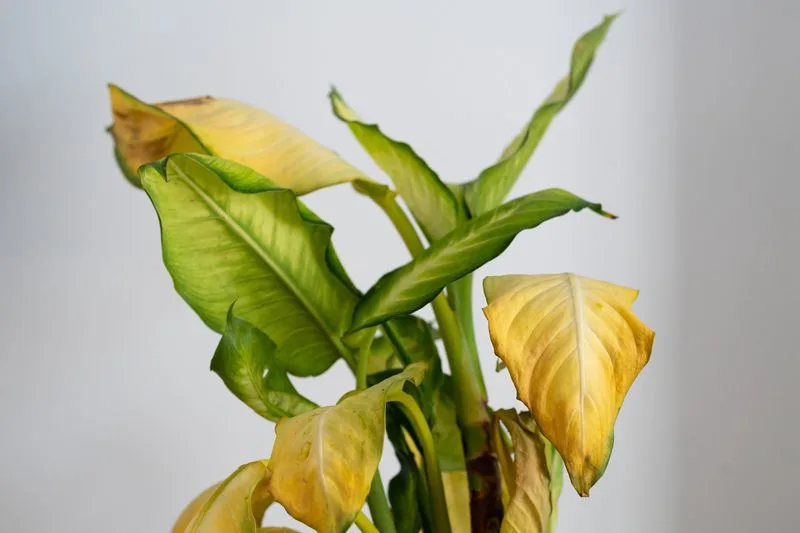
Many plant novices mistakenly believe that more water means better growth. Waterlogged soil leads to root rot, hindering plant health. Understanding your plant’s specific needs is crucial. Check the soil moisture by inserting a finger an inch deep; if it feels dry, it’s time to water. Different plants have varied requirements, so research is key. Additionally, ensure pots have drainage holes to prevent water from accumulating. Over time, you’ll learn to recognize the signs of both overwatering and underwatering, allowing your greenery to flourish.
Improper Lighting
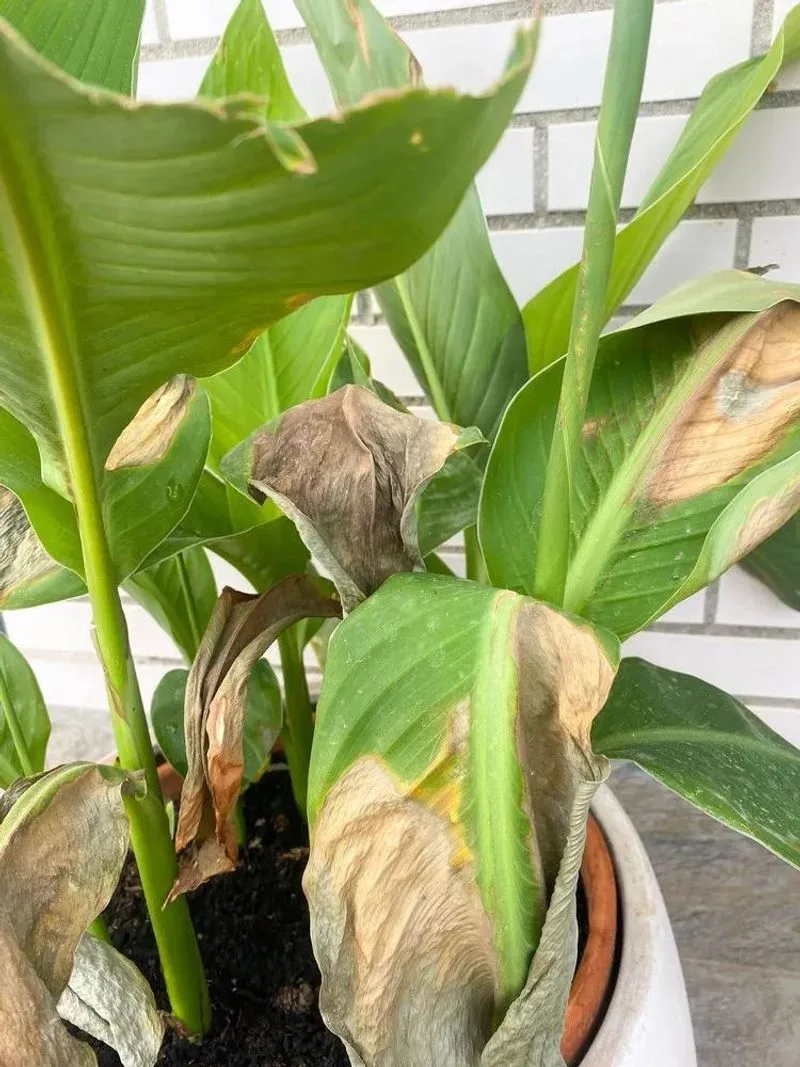
Light is a vital component for plant health, yet many beginners misjudge the amount their plants require. Placing a low-light plant in direct sunlight can scorch leaves, while a sun-loving species in a dark corner may struggle. Observe the natural light in your home throughout the day. Note where sunbeams fall and adjust the plant’s location accordingly. Consider supplementing with grow lights if natural light is insufficient. Understanding the right balance will make a world of difference in your plant’s well-being.
Neglecting Humidity Levels
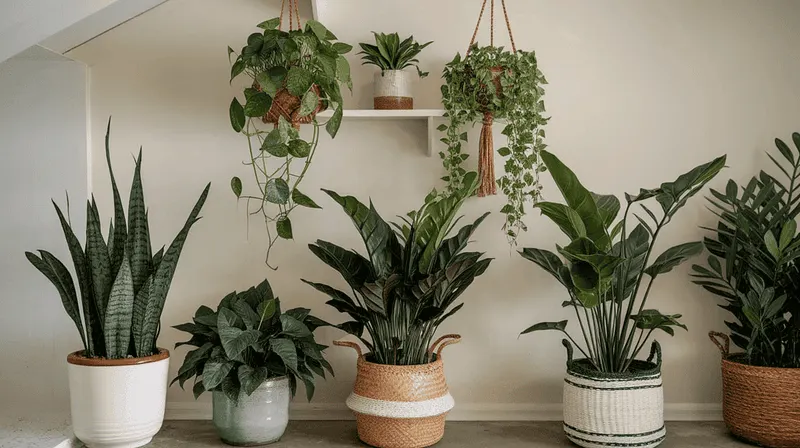
Humidity often goes unnoticed by beginners, despite its importance for certain plant species. Tropical plants, in particular, crave moisture in the air. Central heating or air conditioning can create dry environments, stressing plants. Use a humidity tray or regularly mist plants to mimic their natural habitat. Grouping plants together also boosts humidity levels. Monitoring with a hygrometer can help maintain optimal conditions. By catering to your plant’s humidity needs, you’ll promote vibrant, healthy growth and lush foliage.
Ignoring Soil Quality
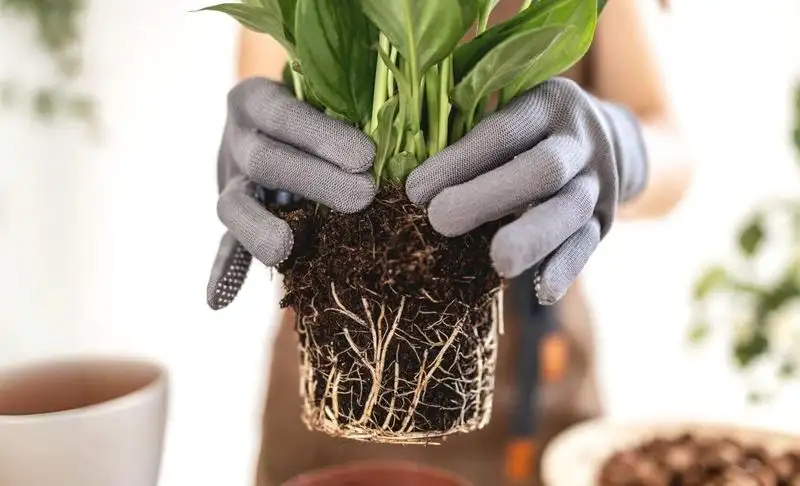
Soil quality is foundational to plant health, yet often overlooked. Over time, nutrients deplete, making replenishment essential. Choose the right soil mix for each plant type; some require well-draining soil, while others thrive in moisture-retentive blends. Adding organic matter, like compost, enhances nutrient content. Repot every few years to refresh the soil and provide room for growth. Understanding soil composition and regularly testing its quality ensures your plants have the best foundation.
Using Fertilizer Incorrectly
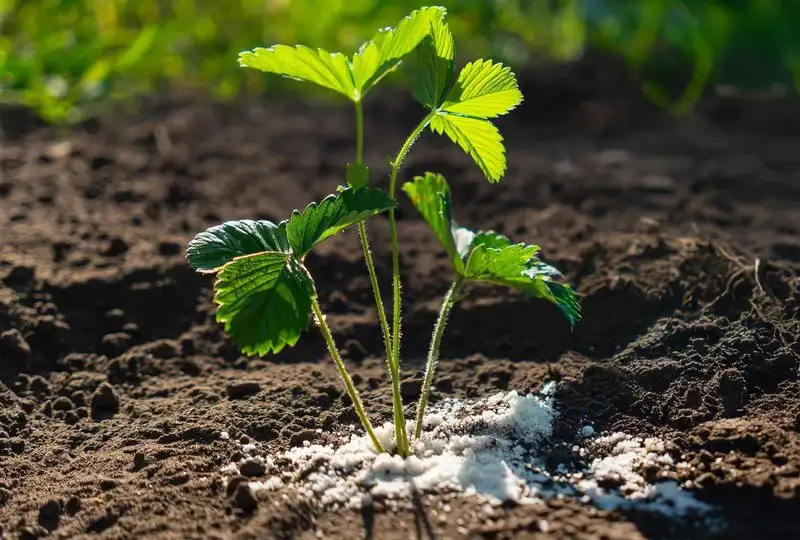
Fertilizing can be perplexing for newcomers, leading to overuse or neglect. Too much fertilizer can burn roots, while too little may stunt growth. Understand each plant’s nutritional needs and choose appropriate fertilizers. Always follow package instructions, and err on the side of caution with dosages. Observe your plants’ responses, as yellowing leaves can indicate a nutrient deficiency. Regular, mindful feeding will encourage robust growth and vibrant blooms, turning your space into a thriving oasis.
Wrong Pot Size
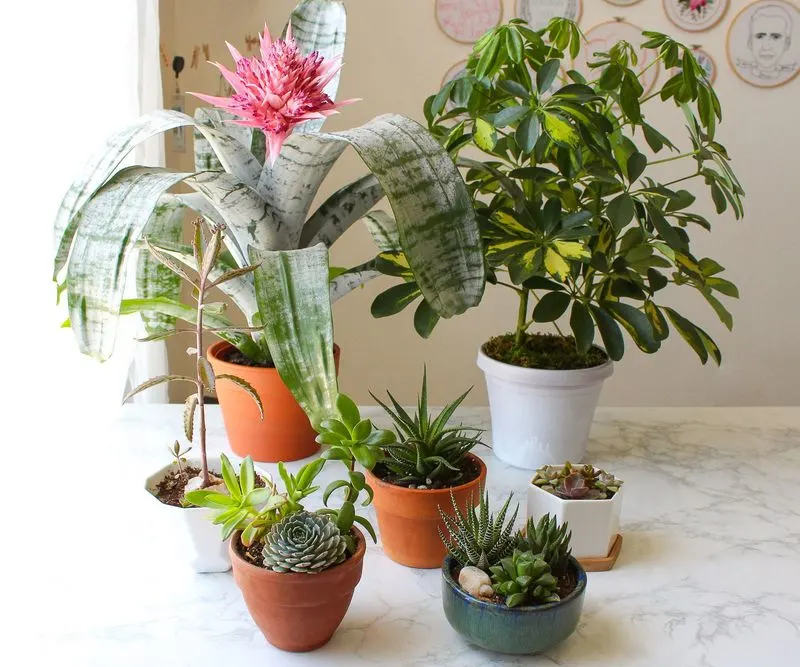
Selecting the appropriate pot size is crucial for plant growth. A large pot for a small plant can lead to overwatering, as excess soil retains moisture. Conversely, a crowded pot stifles root expansion, hindering development. Choose a pot that allows for gradual growth, and repot as needed when roots outgrow their container. Ensure drainage is adequate to prevent water accumulation. By understanding the relationship between pot size and root health, you’ll foster a nurturing environment for your plants.
Ignoring Pest Control
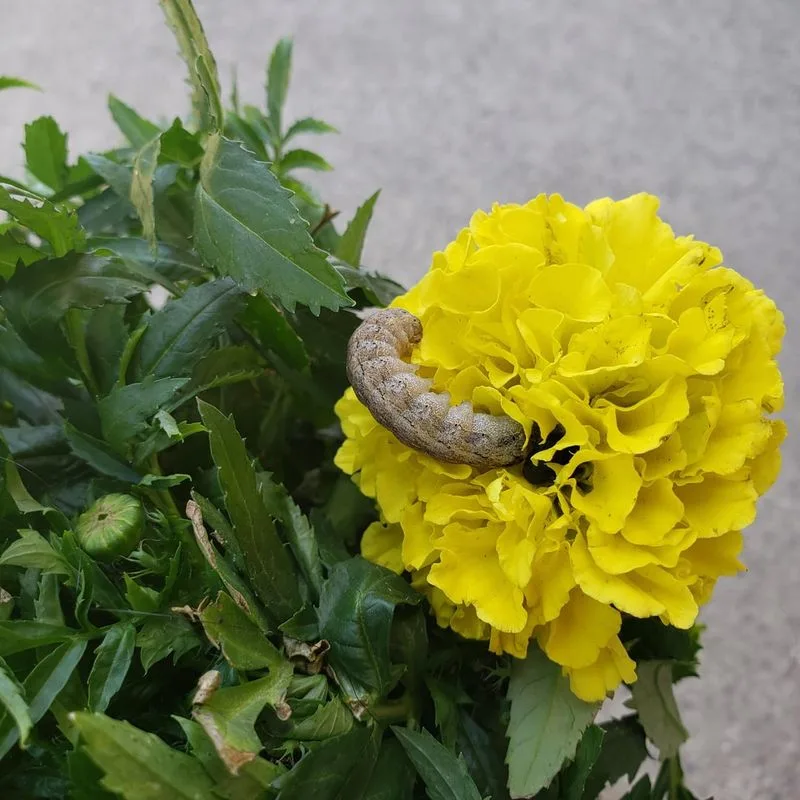
Pests can wreak havoc on plants, but many beginners overlook this critical aspect. Regularly inspecting leaves and stems for signs of infestation is essential. Early detection allows for quick intervention with natural or chemical solutions. Maintain plant hygiene by removing dead leaves and debris that attract pests. Introducing beneficial insects like ladybugs can also help control invasions. Establishing a routine for pest monitoring and management will safeguard your plants’ health and vitality.
Not Understanding Plant Labels
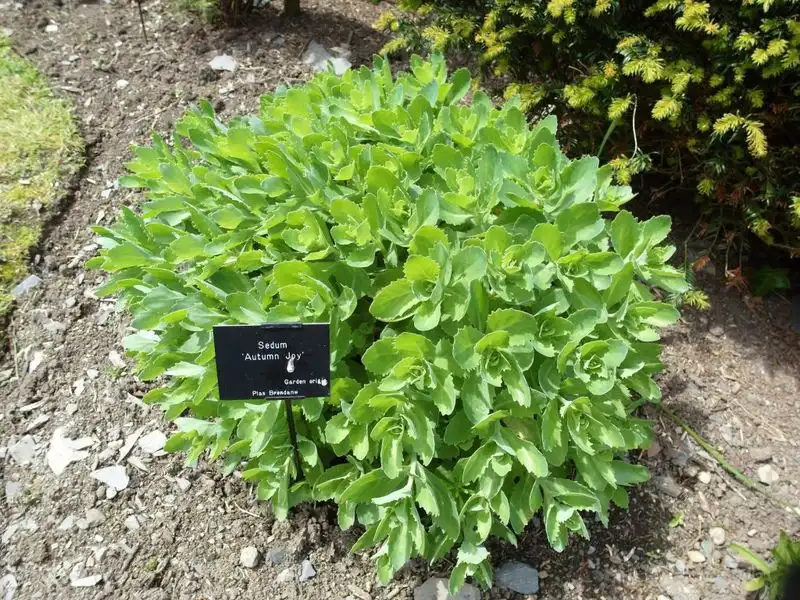
Plant labels provide vital care information, yet are often ignored by beginners. These labels outline needs like light, water, and temperature preferences. Taking the time to read and understand these details is crucial for successful plant care. If labels are unclear, consult online resources or plant care guides for further clarity. Learning to interpret labels empowers you to make informed decisions tailored to each plant’s needs, ensuring a thriving collection.
Inconsistent Watering Schedule
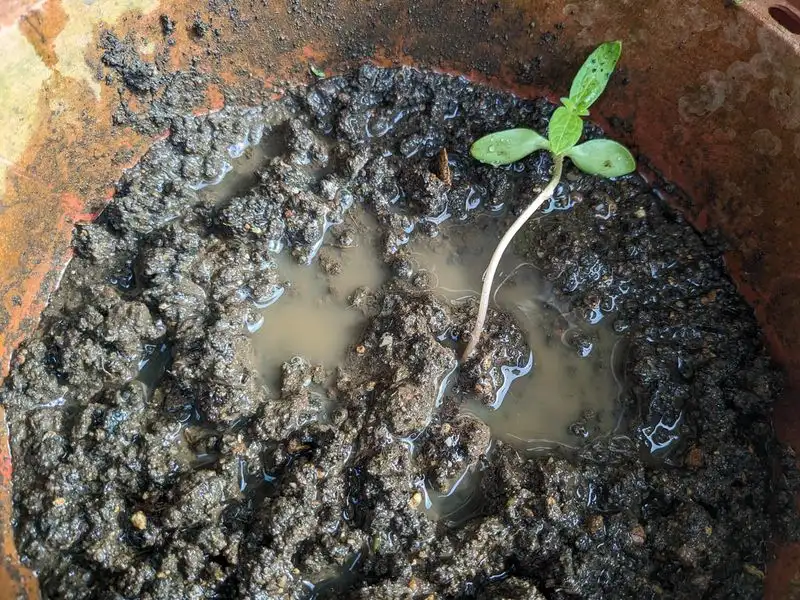
Consistency is key in plant care, particularly with watering. Irregular watering can lead to stress, with plants showing wilting or yellowing leaves. Establish a regular schedule based on each plant’s specific needs and environmental factors. Adjustments may be necessary during seasonal changes, as growth patterns fluctuate. Using reminders or a plant care app can help maintain routine. By ensuring consistent watering, you’ll support steady growth and avoid unnecessary plant stress.
Not Pruning Regularly
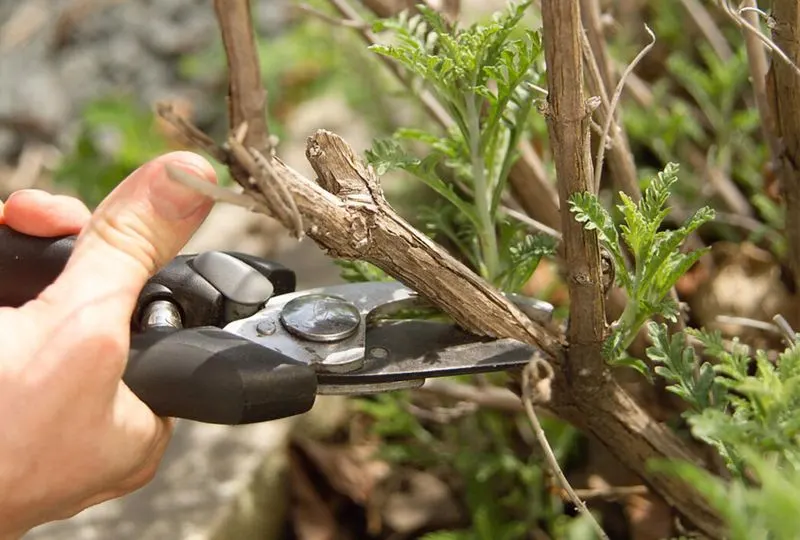
Pruning might seem intimidating, but it’s essential for healthy plant growth. Removing dead or damaged leaves prevents disease spread and encourages new growth. Regular pruning also shapes plants, promoting more appealing aesthetics. Understand the specific pruning needs of each plant type. Some may require seasonal trimming, while others benefit from frequent attention. Use sharp, clean tools to make precise cuts. By incorporating pruning into your routine, you’ll ensure vibrant, well-maintained plants.
Overlooking Seasonal Adjustments
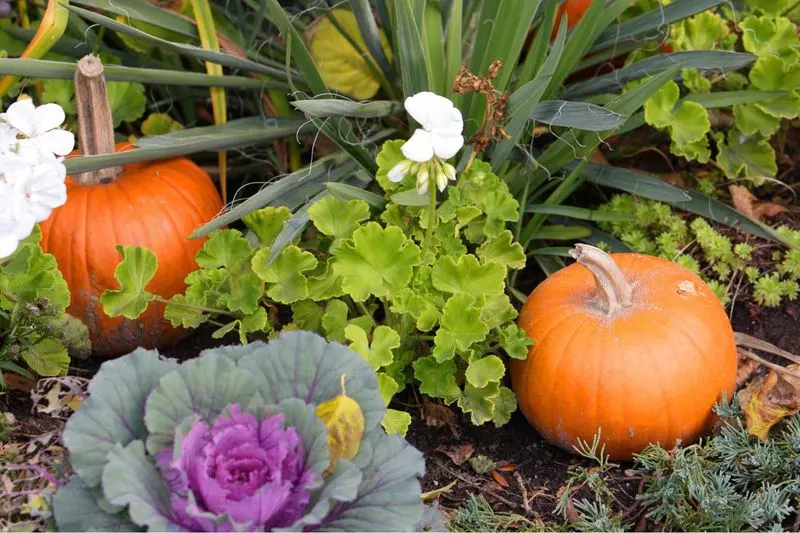
Plants, much like people, react to seasonal changes. Many beginners fail to adjust care routines accordingly. Light levels, temperature, and watering needs shift as seasons transition. Be attentive to these changes and modify care practices to suit. For instance, reduce watering in winter when growth slows and light diminishes. Conversely, increase attention during spring’s active growth period. By aligning your plant care with seasonal shifts, you’ll provide an environment that supports year-round vitality.
Not Cleaning Leaves
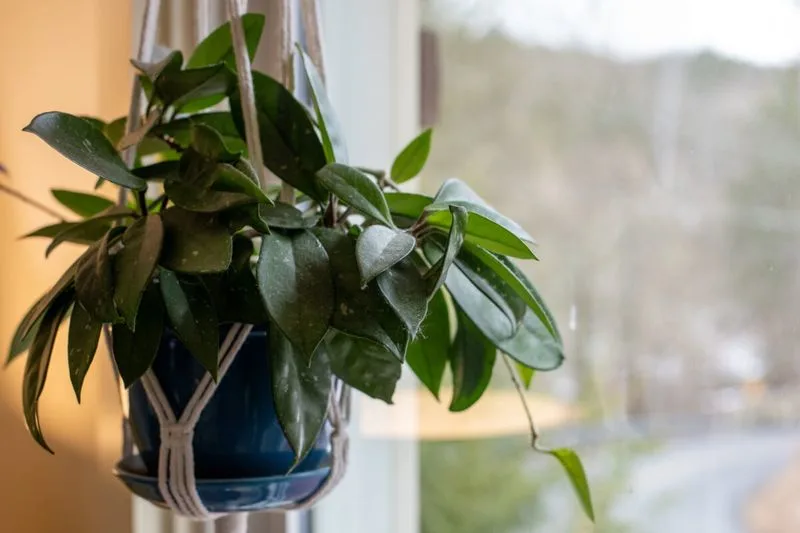
Dust accumulation on leaves can hinder photosynthesis, yet cleaning is often overlooked. Regularly wiping leaves with a damp cloth maintains their health, allowing them to breathe and absorb light efficiently. For plants with many small leaves, a gentle shower in the sink or bath can suffice. This practice not only enhances aesthetics but also prevents pests and diseases. Incorporate leaf cleaning into your routine to keep your plants vibrant and thriving.
Ignoring Air Circulation
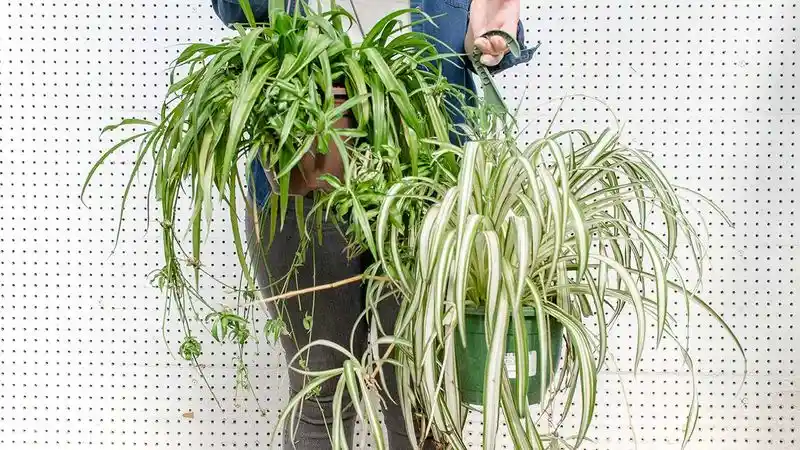
Proper air circulation is vital, yet commonly neglected by plant caregivers. Stagnant air can lead to mold and pest issues, affecting plant health. Position plants where they benefit from gentle airflow, avoiding harsh drafts. Using a fan to promote circulation in enclosed spaces can be beneficial. Regularly rotating plants ensures even exposure to air and light, fostering balanced growth. Prioritizing air circulation will help maintain a healthy environment for your plants.
Planting Incompatible Species Together
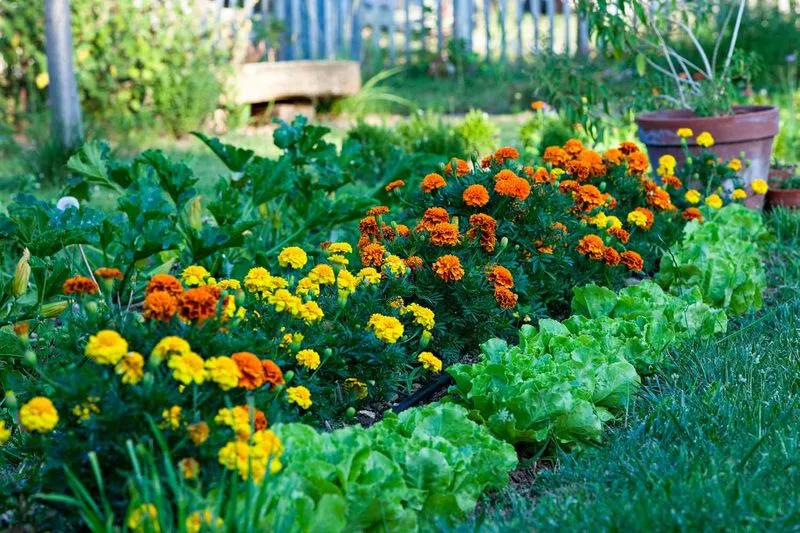
Grouping plants might seem efficient, but compatibility matters. Each species has unique requirements for light, water, and nutrients. Planting incompatible types together can lead to competition and stress. Research each plant’s needs carefully before grouping them. Consider creating separate zones for specific care needs or using containers to manage different environments. Understanding compatibility will create a harmonious and thriving plant community.
Ignoring Plant Growth Patterns
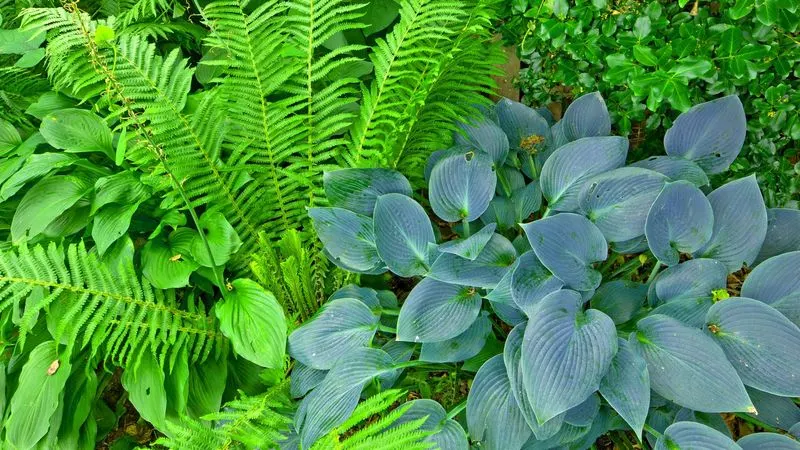
Plants naturally grow towards light, but if left unchecked, they may become unbalanced. Regularly rotate pots to encourage even growth and prevent leaning. Understanding growth patterns helps in providing structural support where needed. Some plants benefit from stakes or trellises for stability. Monitoring how your plants grow and adapting to their natural tendencies will promote healthier and more aesthetically pleasing displays.
Overcrowding Plants
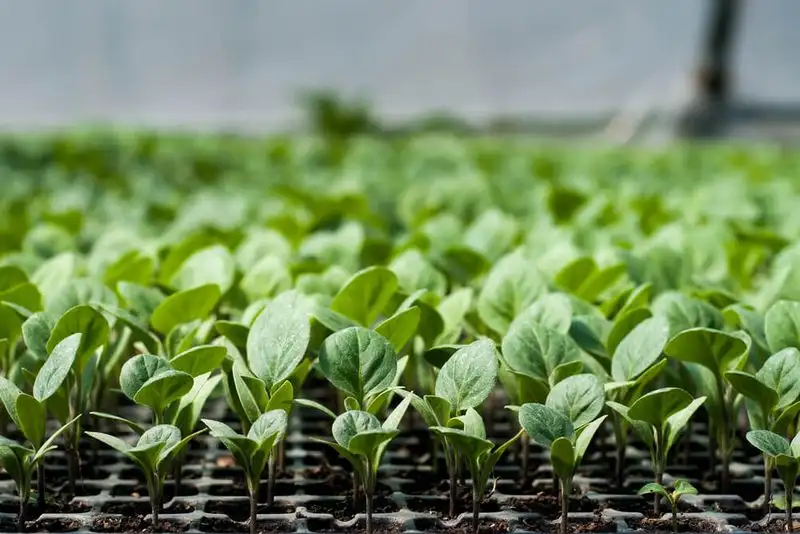
Space is a luxury for plants, yet beginners often overcrowd them. Limited space restricts air circulation and light, impacting growth. Ensure each plant has ample room to expand, considering its mature size. If space is limited, vertical gardening or hanging planters can be alternatives. Regularly assess spacing and make adjustments as plants grow. By respecting each plant’s space needs, you’ll foster a more vibrant and healthy indoor garden.
Not Observing Plant Health Regularly
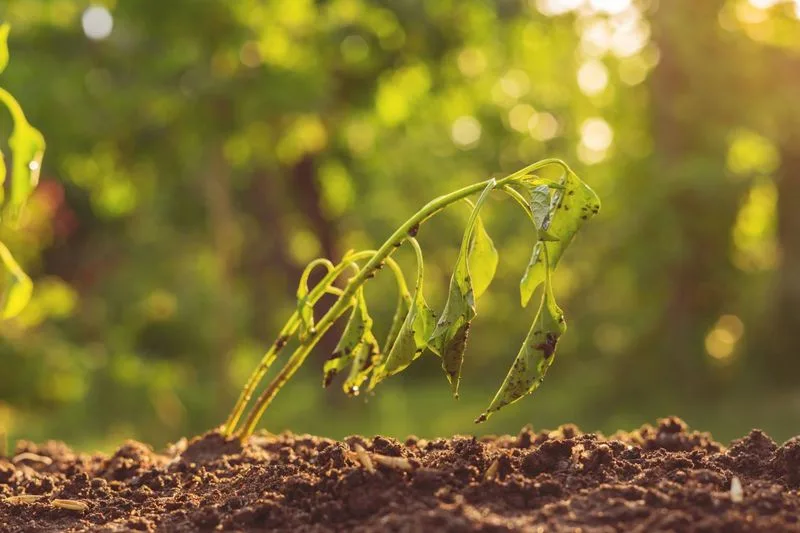
Routine observation is crucial for identifying plant health issues before they escalate. Take time to inspect leaves, stems, and soil regularly. Look for signs of distress, such as discoloration or wilting, and act promptly. Understanding normal growth patterns and seasonal changes helps differentiate between natural and problematic conditions. Keeping a plant diary can assist in tracking health over time. Regular attention ensures timely intervention and long-term plant success.
Being Impatient with Growth
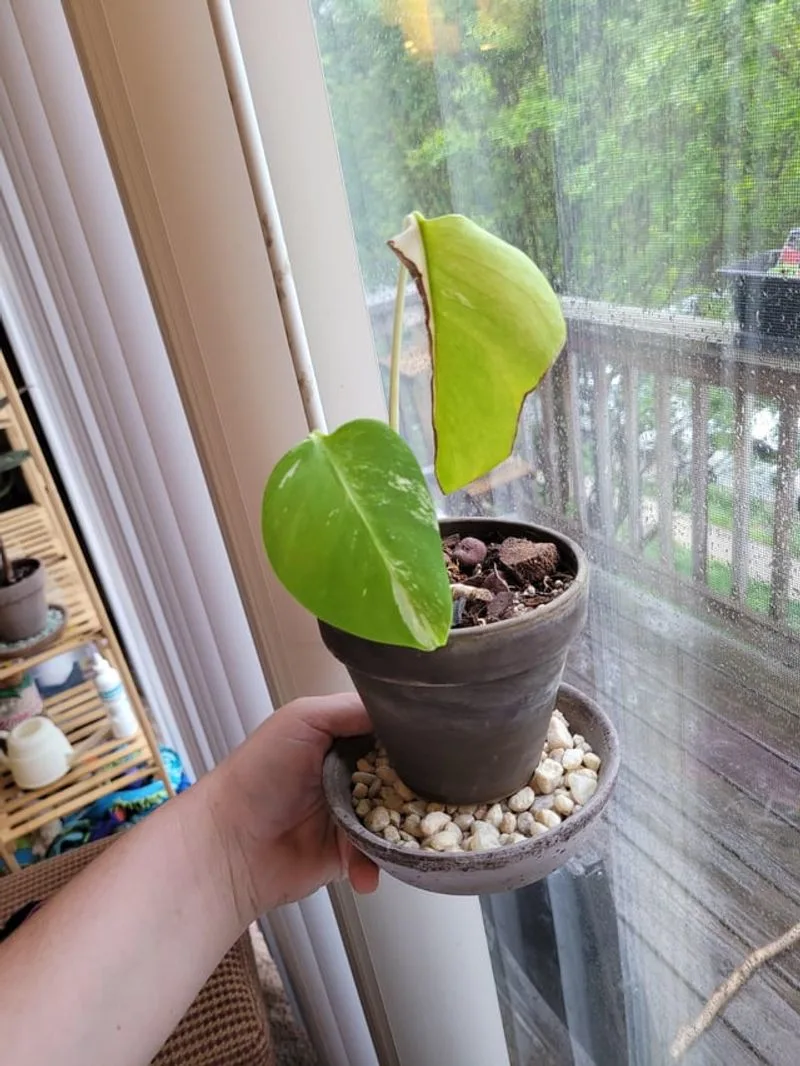
Patience is a virtue in gardening. Expecting immediate results can lead to unnecessary interventions that disrupt natural growth. Plants vary in growth rates, and some take time to establish before thriving. Understand the timeline for each species and enjoy the gradual changes. Celebrate small milestones, like new leaves or blooms. By embracing patience, you’ll foster a more fulfilling and rewarding plant-care experience.
Ignoring Plant Toxicity
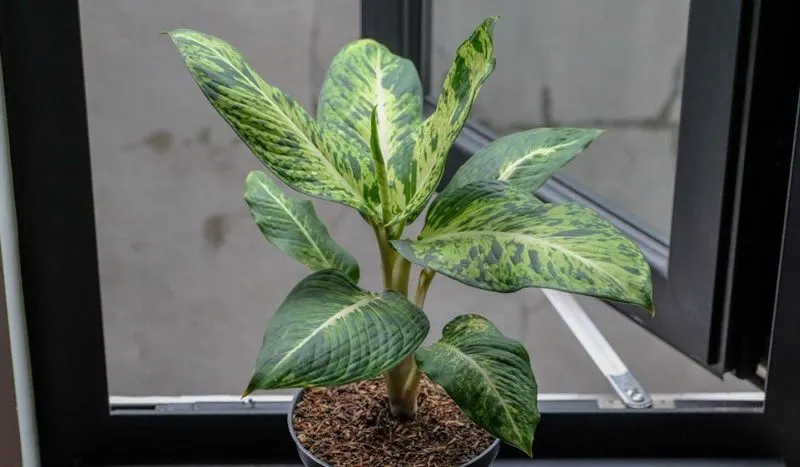
Plant toxicity can pose risks to pets and children, yet is often overlooked. Research each plant’s safety profile, especially when adding new varieties to your home. Choose non-toxic options for areas accessible to curious pets or little ones. Educate family members about potential dangers and ensure awareness. Taking precautions with plant toxicity safeguards your household while allowing you to enjoy diverse and beautiful greenery.

